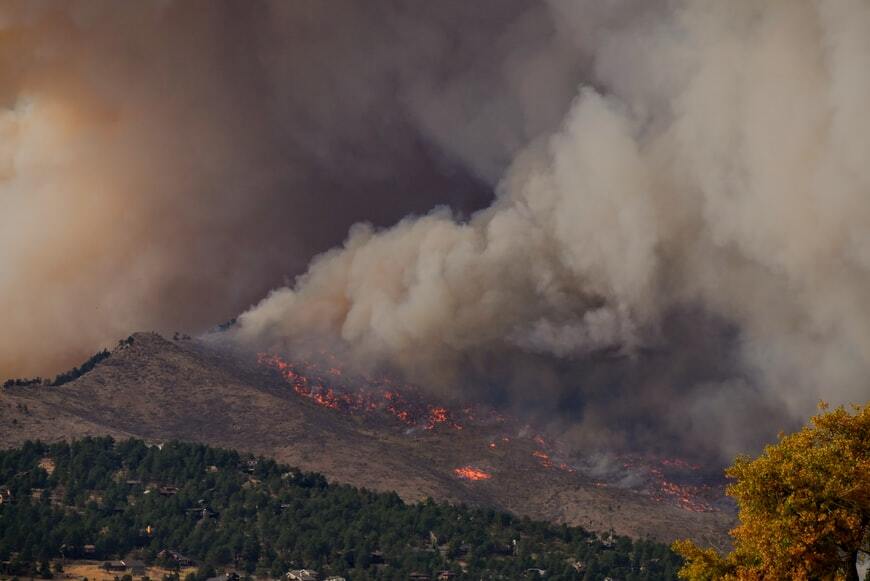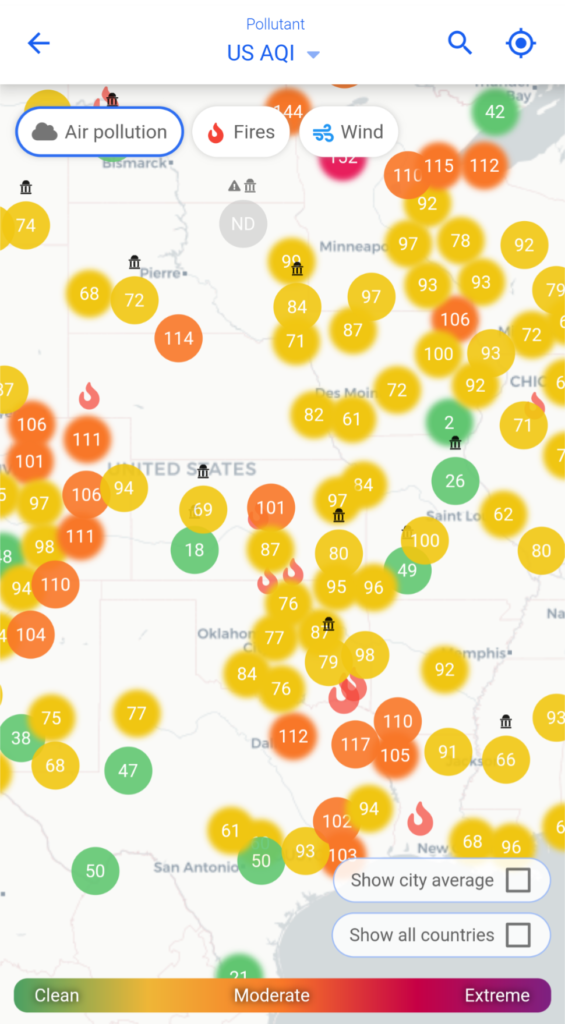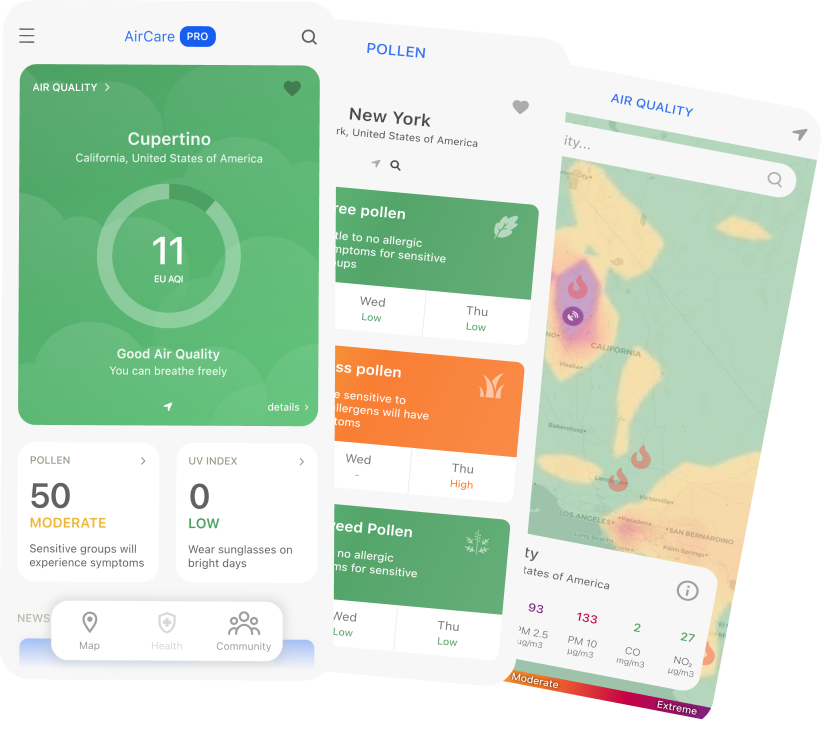Wildfires can be caused by human activity, natural phenomena such as lightning or volcano fires, or other factors. The risk of wildfire increases when the weather conditions are extremely dry, such as a drought or high winds during the summer period.
It is an undeniable fact that wildfires lead to destruction. Peatlands and forests are devastated, and many animals can get caught up in the smoke perish, and flames. The impact of wildfires is enormous, and they claim the lives of many people once they reach areas that humans inhabit.
Not only are people forced to flee their homes, but the smoke from fires also threatens the health of people living miles away. Wildfires can disrupt water supply, power and gas services, communications, and transportation.

A climate that is dry and warm usually results in more intense and frequent fires. During the summer and even spring, wildfires are becoming the “new normal.” Right now, it’s wildfire season, and we’re experiencing wildfires in different parts of the world.
What do Wildfires Release in the Air?
Wildfires release large amounts of ozone precursors, brown carbon, black carbon, and carbon dioxide into the atmosphere. These emissions affect clouds, radiation, and climate on regional and global scales.
Smoke from burning forests can travel thousands of miles and harm people living far away from the affected areas. What makes things worse is that the smoke can linger in the atmosphere for an extended period after the wildfire.
Depending on how long the fires burn, wildfire smoke can hang in the atmosphere for days and even months. Wildfire smoke can also travel huge distances. This is because the superheated ash and smoke rise into the air and can trigger pyrocumulonimbus events or thunderstorms induced by fire.
During the recent Australian fires, smoke from Australia was carried over to New Zealand, where it visibly darkened the snow on the mountains, and impacted air quality. The smoke even made its way to South America.
As the smoke particles are carried in the wind, they go through chemical reactions. This process is also known as oxidation. By going through this process, the particles have an even greater capacity to damage tissue and cells. A recent study showed that the smoke compounds could become up to four times as toxic over the following days due to this process.
What Is the Impact of Wildfires on Air Quality?
Smoke consists of fine particles and a complex mixture of gasses produced when wood and other organic materials burn. Fine particles are the ones that pose the biggest threat to your health.
Wildfires produce large quantities of fine particles that are known as PM 2.5 and ever finer nanoparticles. The tiny particles are too hard to see, and they are 30 times smaller than the width of human hair.
This means that when breathed in, they can penetrate the lung membranes, damage the respiratory system and pass into the bloodstream. They can cause various health-related problems, from a runny nose and burning eyes to lung diseases and aggravated chronic heart.
These particles can lead to asthma attacks, shortness of breath, and coughing in the short term. A study related to wildfires and the risk of hospital admissions has shown that around 46 million people in the western United States were exposed to at least one wave of smoke from wildfires between 2004 and 2009.
This study noted that on days when there were high PM 2.5 levels caused by smoke, hospital admissions increased by 7.2% due to respiratory illnesses. The study concluded that short-term exposure to wildfire was associated with the risk of respiratory diseases in the elderly population located in the western United States during severe smoke days.
People who are more at risk and should especially pay attention to air quality reports are:
- People with lung or heart diseases
- Older adults
- Children and teenagers
- People with diabetes
- Pregnant women
There is also a range of long-term problems that PM 2.5 air pollution can cause, including a greater risk of stroke and heart disease, as well as increased inflammation.
A study conducted in 2019 showed that babies exposed to smoke while they were in the womb had a slightly decreased birth weight, which can cause problems for them in their infancy and later in life. The study also concluded that exposure to wildfire smoke during their second trimester is often associated with pre-term birth.
The long-term effect of wildfires doesn’t just influence the health of humans. Instead, it impacts the health of the planet as a whole. Burning forests release huge amounts of carbon dioxide and other greenhouse gases into the atmosphere. The effect of fire on the landscape may be long-lasting.
Wildfires cause damage to forests that would otherwise remove carbon dioxide from the air. Wildfires also have complex effects on warming and cooling by injecting soot and other aerosols into the atmosphere.
Fire can be deadly, destroying wildlife, timber, and habitat, destroying homes, and polluting the air with harmful emissions to human health.
How Can AirCare Help?
Wildfires are a growing concern, as climate change is expected to increase wildfires’ spreading speed, intensity, and frequency. Wildfires are known to have substantial economic and ecological damage.
Understanding the impact that wildfires have on air quality, and consequently, on public health can lead to creating intervention-focused policies that will help protect people’s health.
The only way we can be safe is to monitor the air we are breathing. People must be informed about the air quality, which is where AirCare steps in.

Given the increasing occurrence of wildfires, AirCare can be very useful. With AirCare, you have precise and up-to-date information on the quality of the air, no matter where you go. The data is easily accessible, and it is completely free.
Do you want to know the quality of the air you breathe? Download AirCare – our free mobile app that tracks air pollution from your pocket, and check out the AirCare blog!





